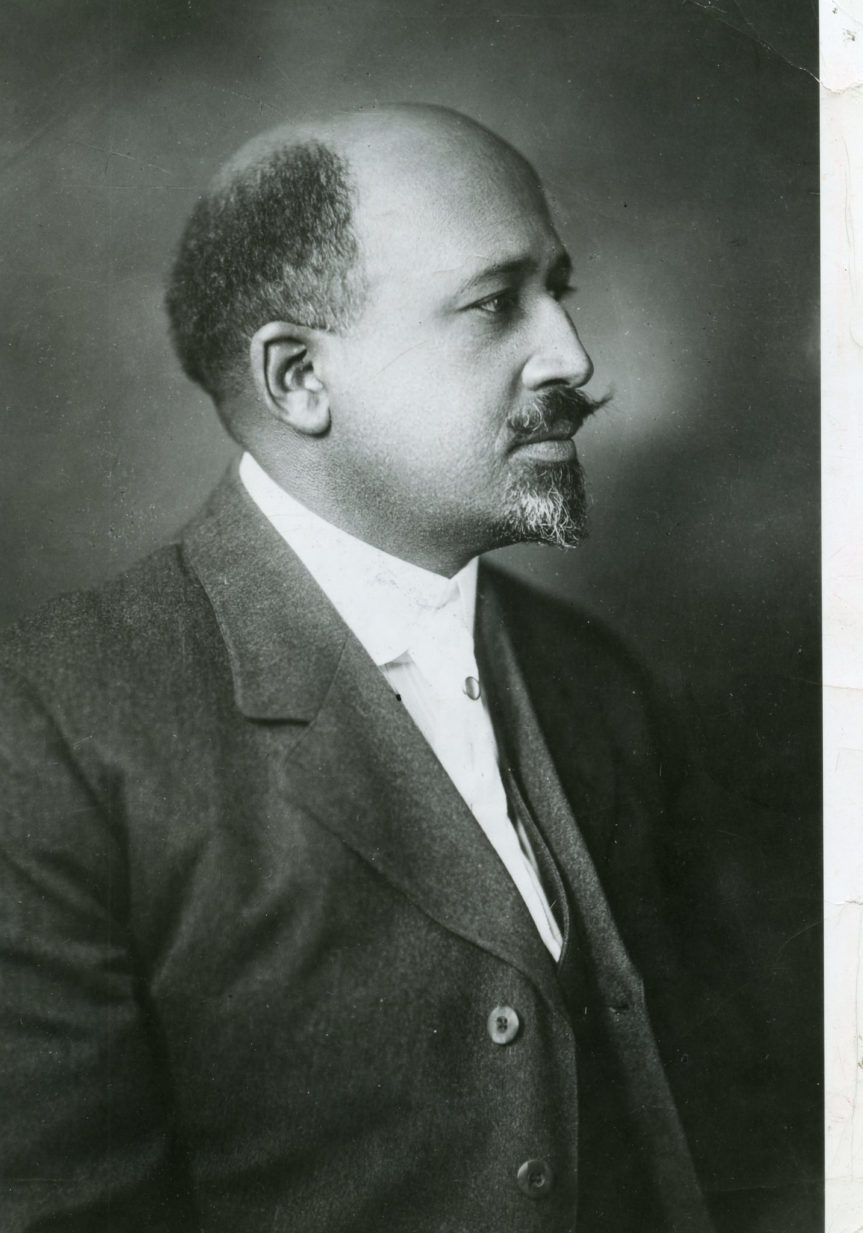The NAACP was born from a marriage of convenience that has never been reconciled. White liberals and Black liberationists, like W.E.B. Du Bois, had very different visions of the role of the organization and its tactics. Those schisms are still playing out today in efforts like the misguided charter school resolution released this week.
But before we get to that, let’s go back to the beginning to analyze that organizational fissure. Let’s follow it through history, and see how it affects us now.
Early Contradictions at the Birth of the NAACP
David Levering Lewis captured the inherent conflict in the founding of the NAACP in the seminal Du Bois biography, “W.E.B. Du Bois, Biography of a Race”:
Since its beginning the year before the Conference on the Status of the Negro, the evolving NAACP had tacked between two divergent conceptions of itself; the first as a primarily white organization dedicated to African American uplift through well financed suasion; the second as an interracial phalanx challenging the mainstream public to accept ever greater civil and social rights for the nation’s historic minority.
There was a constant battle against co-optation in the organization and in watering down its work. Mary Ovington, one of the founders, described how most of the energy in the early discussions went into “trying to keep the conservatives from capturing us and getting money from the radicals to do a minimum of constructive work.”
This is a struggle that has continued through the organization’s existence. Grassroots Black folks often have a very different view of liberation than White sponsors. And it is one that trailed into the civil rights era and even today.
Who Really Drives the Ship?
Brother Malcolm followed this thread of internal contradiction, looking at how the “puppeteer had manipulated” the NAACP, picking fights within the Black community, rather than fighting to abolish larger power structures. (Malcolm drops some truth.)
As I have argued before, the education system has failed to serve Black children across all sectors. Singling out charter schools for derision misses the larger picture. It moves us away from real answers. Also, and importantly—it’s not what Black parents want.
Black families largely support charters and school choice. I challenge anyone to show a credible survey that shows me otherwise. And this not because charters do such a great job across the board. It’s more the devil and the deep blue sea—or the devil you know versus the potential devil you don’t.
The State of Black Education
I don’t see anything for us to be conservative about when it comes to education. The educational outcomes for Black youth teeter between depressing and enraging—again across all sectors. Just take a look at the Black Minds Matter report from the Education Trust–West.
Among racial groups, Black students in California are least likely to:
- Become proficient readers by third grade;
- Be placed in Gifted and Talented Education programs;
- Master the mid-level mathematics skills that position students for success in college-preparatory math courses;
- Be placed in a full sequence of college-preparatory courses;
- Complete an Advancement Placement (AP) course;
- Graduate from high school in four years; and
- Complete a college degree.
And they are most likely to:
- Be suspended or expelled;
- Be taught by ineffective teachers;
- Be identified for special education; and
- Take remedial, non-credit bearing coursework in college.
And look at Oakland: A Black youth here has a 23.6 percent chance of even taking the classes to allow them to apply to the University of California and California State University (and that’s actually a huge improvement on the 2.9 percent rate of 2003).
The Contemporary “Crisis”
In the founding of the NAACP, Du Bois wrote the influential newsletter, “The Crisis”—and there were some in the NAACP who wanted him to tone it down, for whom the “thunder and lightning in ‘The Crisis’ seemed dangerously inflammatory,” as the biographer Lewis described the conflict.
Back to that old marriage of convenience and who would get the final say. For that chapter, and Du Bois’ relationship with NAACP, you will have to read the book. But there is a present-day chapter to be written.
We still have a “Crisis.” It’s societal, but it is deeply rooted in education. And looking at the NAACP’s misguided charter school resolution—which defies the will of the vast majority of Black families and overlooks the tragedy befalling the vast majority of Black children who happen to attend the traditional public schools—I can see who is running this marriage right now.
I just hope that the other spouse can find their voice, because our children need them.


One thought on “The Continuing Fight for the Soul of the NAACP”